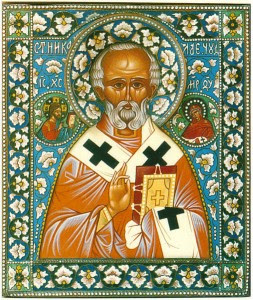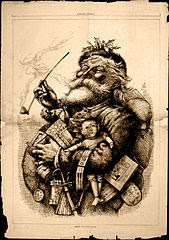Casady Service-Learning YAC has selected our annual blood drive as the project for International Volunteer Day. A YAC member delivered a KFC meal to Bennett and his family with a giant "Get Well Soon" poster made by our after school program children and teachers.
Bennett is at the Stem Cell Transplant Unit of Children Hospital. He loved the chicken tenders and said that he soon will be able to get an artificial foot and he will be able to ride his blue bike! Bennett loved the poster. Blue is his favorite color. Bennett is our everyday hero this week.
Casady Blood Drive 2014
Blood donations credit will be offered to the Family of Bennett Hanneman to help defer the cost of blood needed by Bennett.
Each donor receives FREE: a Health Screening, and Donor Rewards Points
16 and 17 year olds need signed parental permission.
Weight requirement: 125 pounds if 16-17 years old. 110 if 18 or older.
Eat a good meal and drink plenty of liquids. Have a good night sleep before you donate.
| ||||
|



No comments:
Post a Comment